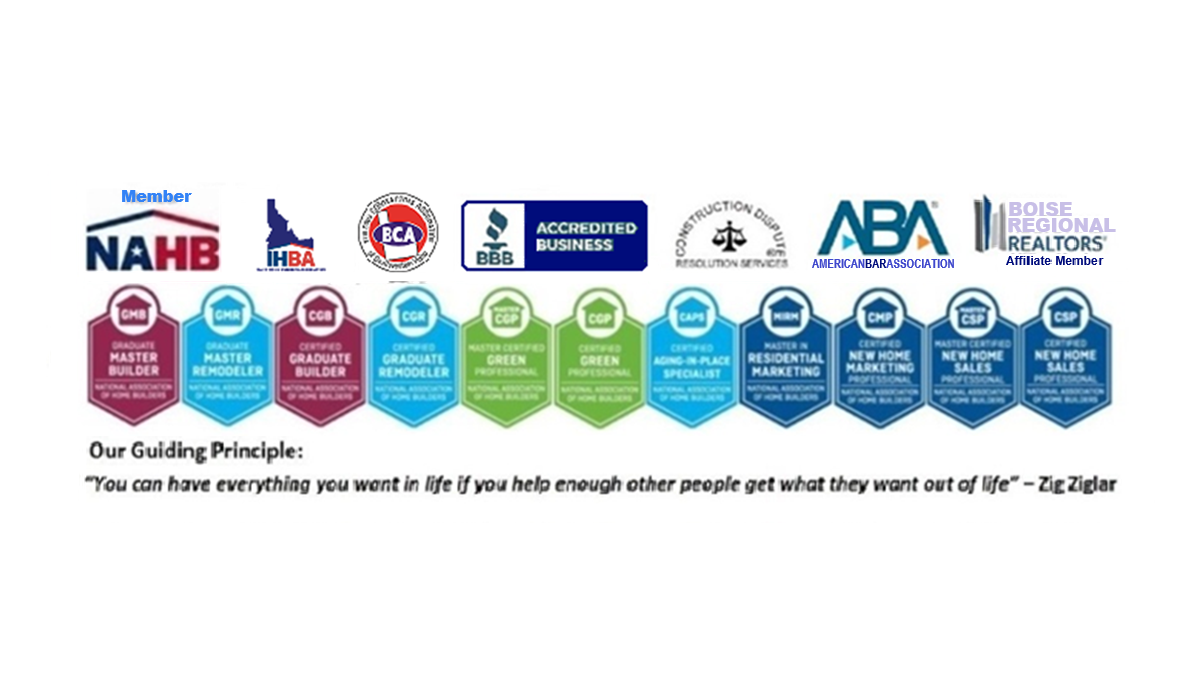5, Dec 2015
How Much Does It Cost to Build a New Home in Ada County Idaho?
The National Association of Home Builders (NAHB) recently released their 2015 Construction Cost Survey conducted in August of 2015). NAHB’s 2015 construction cost survey was conducted by emailing a questionnaire to a representative sample of 4,090 home builders. The sample was stratified by size of the builder (based on number…
30, May 2015
Buying a Home Now Could Save You Over $200,000
According to Realtor.com’s Chief Economist, Jonathan Smoke , buying a home now could save you more than $200,000 over the next 30 years. But buying a home costs money – the down payment, the monthly mortgage payment, the taxes, the insurance, and the maintenance. It enough to make you put…
29, May 2015
Prices Of Newly Built Homes Are On The Rise
Prices of newly built homes are on the rise again, illustrating that home builders are grappling with the same supply-and-demand problems bedeviling the existing home market. New-home prices, which appeared to lose momentum over the past year, actually have caught a second wind of late. New Commerce Department figures show…
14, Feb 2012
What Is Keeping You from Buying A Home?
A recent survey conducted by John Burns Real Estate Consulting, LLC offered some insight into why prospective shoppers are reluctant to purchase. Of the more than 20,000 people who had recently visited a new home community and responded to the survey questions, 75% were current homeowners, 20% were renters, and…


